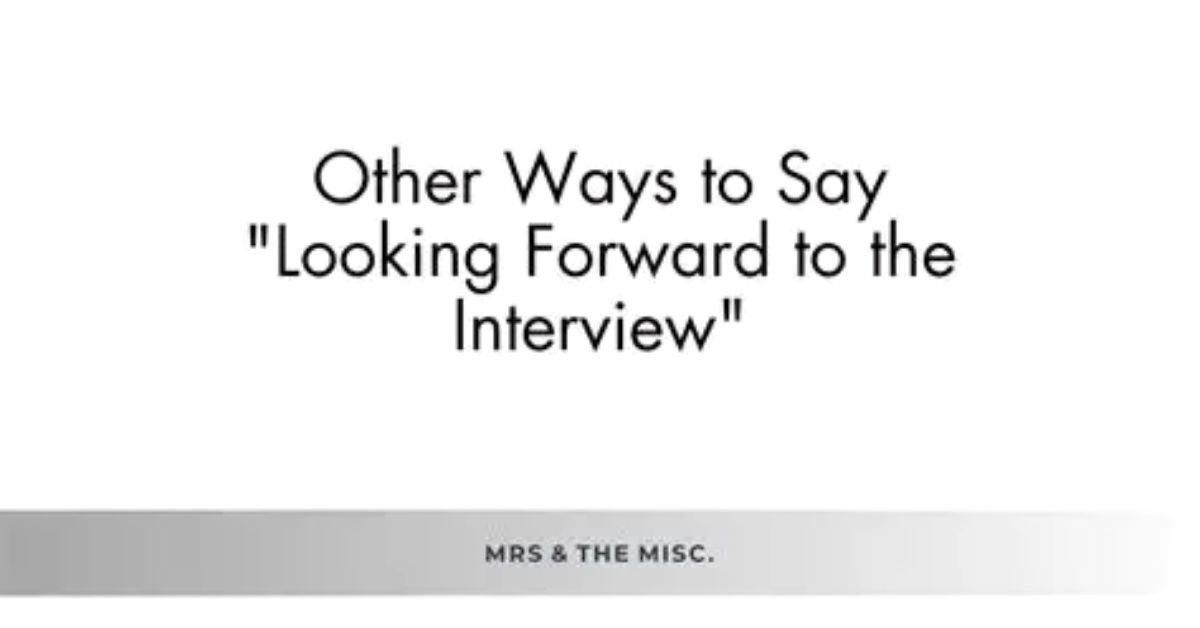When writing essays or reports, relying on the same phrase like “in the text it states” can make your work sound dull and repetitive. To keep your writing clear and engaging, it’s important to use different expressions that connect your ideas to
the source smoothly. This article explores 12 Other Ways to Say “In the Text It States”, offering you fresh alternatives that fit formal and informal writing. Whether you’re analyzing literature, presenting research, or sharing insights, these phrases will help you communicate your points with confidence and style.
The Author Notes

One way to say “in the text it states” is to use “The Author Notes.” This phrase focuses on the author’s own commentary or perspective. When you want to highlight what the author says directly or how they express their opinion, this phrase fits well. For example, you might write, “The Author Notes that the character struggles with identity,” to show you are talking about the author’s own words or thoughts. This option is common in academic writing when you analyze a text closely.
Using “The Author Notes” makes your writing feel more personal because it points to the voice behind the document or article. It also signals to the reader that you are paying attention to the original source. This phrase works especially well when discussing a writer’s style, intentions, or unique insights in a passage.
According to the Text
“According to the Text” is a popular and clear alternative that directly connects your statement to the text itself. It is a safe and formal way to introduce evidence or information from any written work. You might say, “According to the text, the school day ends early on Fridays.” This phrase fits well in essays and research papers where you want to make sure the reader knows you are quoting or paraphrasing the text.
This phrase is simple but effective, and it keeps your writing easy to understand. It works well for different kinds of writing because it clearly shows the source of your information. By using “According to the Text,” you maintain a strong link between your ideas and the evidence you find in the reading.
also reaide: 15 Other Ways to Say “Meet and Greet”
As Mentioned in the Document

Sometimes, you want to be more specific about the type of text you are referring to. Using “As Mentioned in the Document” makes your writing sound more formal and precise. This phrase is great for official or technical writing, such as reports or legal papers. For example, “As mentioned in the document, all students must attend the orientation session.”
This expression helps direct the reader’s attention to the original document and emphasizes that the information comes from a reliable or official source. It is a good way to avoid repetition while still being clear and professional.
The Text Elucidates
If you want to show that the text explains something clearly, use “The Text Elucidates.” The word elucidates means to make something easy to understand or to clarify. This phrase sounds more sophisticated and is perfect when the text provides deep insight or detailed explanation.
For example, you could write, “The text elucidates the main causes of the problem,” to show that the passage gives a clear explanation. This phrase works well in academic essays or analytical writing where understanding the author’s meaning is important. It adds a bit of style and shows you can use advanced vocabulary without sounding forced.
also reaide: 12 Other Ways to Say “Quick Learner”
As Stated in the Source
“As Stated in the Source” is a solid way to introduce facts or ideas from any material you are citing. It suggests that the information comes from a trustworthy source, whether that is a book, article, or study. You might say, “As stated in the source, the population increased by 20% over five years.”
This phrase is useful in research papers and reports when you want to highlight credibility and accuracy. It clearly connects your writing to the original citation and helps avoid plagiarism by giving proper credit.
The Article Points Out
When you want to emphasize a key idea or fact in an article, use “The Article Points Out.” This phrase suggests that the author is drawing attention to something important. For example, “The article points out that active listening improves communication skills.”
This is a great phrase for summarizing important claims or findings in an article. It makes your writing more dynamic and shows that you understand what the author wants the reader to notice. It fits well in essays and reports where you want to highlight the main ideas.
The Writer Argues
If you are analyzing an opinion or a claim, “The Writer Argues” is a perfect alternative. This phrase tells the reader that the author takes a position or tries to persuade the audience. For instance, “The writer argues that schools should start later to help students.”
Using this phrase shows that you can recognize and explain arguments in a text. It is especially helpful in critical essays where you discuss different points of view or debate a topic.
In the Given Text
“In the Given Text” is a simple, straightforward way to refer to any text you are discussing. It is flexible and works in many contexts, whether formal or informal. For example, “In the given text, the main character shows courage.”
This phrase is easy to understand and makes it clear that you are talking about what the text says. It can be used in school essays, presentations, or any writing where you want to point to the text without repeating the same phrase too often.
The Research Indicates
When you refer to scientific or data-based writing, “The Research Indicates” works well. It shows that the information comes from studies or experiments. For example, “The research indicates a strong link between exercise and mental health.”
This phrase adds a factual, trustworthy tone to your writing. It is ideal for academic papers, especially in English Language Arts (ELA) or other fields where you want to back up your ideas with real data.
As Highlighted in the Literature
In scholarly writing, especially when reviewing previous work, “As Highlighted in the Literature” is a useful phrase. It connects your point to published studies or writings. For example, “As highlighted in the literature, reading aloud improves comprehension.”
This phrase is often used in literature reviews or research papers. It shows that your argument fits with what other experts have found and supports your claims with strong sources.
The Study Reveals
Use “The Study Reveals” when you want to share important findings from research. This phrase tells readers that new or significant information comes from a specific study. For instance, “The study reveals that students learn better in small groups.”
It’s a good way to add authority to your writing and explain discoveries clearly. This phrase works best when summarizing results or outcomes in academic or scientific writing.
As Cited in the Work
When you refer to a source that is mentioned within another work, “As Cited in the Work” is the right choice. It shows you are careful about giving credit to original authors, even when you find the information secondhand. For example, “As cited in the work, the original study supports these findings.”
This phrase is important in research papers to maintain academic honesty and trace ideas back to their original authors.
When to Use Different “In the Text It States” Alternatives
Knowing when to use each alternative helps you sound more natural and professional. For example, use “The writer argues” when discussing opinions or claims, but choose “The research indicates” for facts from studies. Formal documents might need “As mentioned in the document,” while casual essays can use “In the given text.” Think about your audience and purpose. If you write for a classroom, clear and simple phrases work best. In academic papers, more precise or formal expressions will impress your readers. Switching between these alternatives keeps your writing fresh and your ideas easy to follow.
Remember, good writing is not just about variety but also about clarity. Using these alternatives helps avoid repetition, enriches your vocabulary, and improves your connection with the reader. Whether you want to explain a passage, support an argument, or share findings, these phrases will make your writing stronger and more effective.
Conclusion
Using different ways to say “in the text it states” helps you avoid repetition and makes your writing more interesting and professional. Each phrase in this guide has its own style and best use, from simple expressions like “according to the text” to more formal ones like “the text elucidates.” When you use these alternatives, you show your reader that you understand the source well and can explain it clearly. This improves your writing, especially in academic or professional settings.
Try to mix these phrases naturally in your essays, reports, or articles. Doing so will make your work easier to read and more engaging. Remember, good writing reflects clear thinking and respect for your sources. Using varied expressions keeps your readers hooked and shows that you are a thoughtful and skilled writer.
Related Posts:
If you want to improve your writing even more, check out posts about how to write strong thesis statements, tips for citing sources correctly, and ways to expand your vocabulary for essays. These topics will help you build solid skills for academic and professional success.
Leave a Comment Cancel Reply
Feel free to share your favorite alternatives to “in the text it states” or ask questions about when to use each phrase. Your thoughts and experiences help everyone learn better ways to write!
Post Navigation
Explore more articles on writing techniques and academic success tips to keep improving your skills and confidence with every paper you write.
This article uses ideas from different writing styles, research methods, and communication skills found in English Language Arts (ELA) instruction and examples like the story of Francisco Jiménez in The Circuit. Just like how Francisco shared his drawing with classmates and showed pride in his art, you can share your ideas clearly and proudly by using these varied ways to introduce what a text says. Writing with variety and care makes your work stand out, just like a well-drawn picture fluttering its wings in the air.
Conclusion
Using 12 Other Ways to Say “In the Text It States” can transform your writing from repetitive to dynamic and engaging. These alternatives help you clearly connect ideas to sources while keeping your sentences fresh and interesting. Whether you choose phrases like “According to the Text”, “The Writer Argues”, or “The Research Indicates”, each adds variety and precision to your writing. By mixing these expressions naturally, you improve clarity and show a deeper understanding of your sources. Try them to make your essays and reports more professional and reader-friendly.

Grammerroot is your trusted source for mastering English grammar and language skills. From simple rules to advanced tips, we help learners build strong foundations through easy-to-understand content. Learn smart, learn right — only at Grammer Root.




